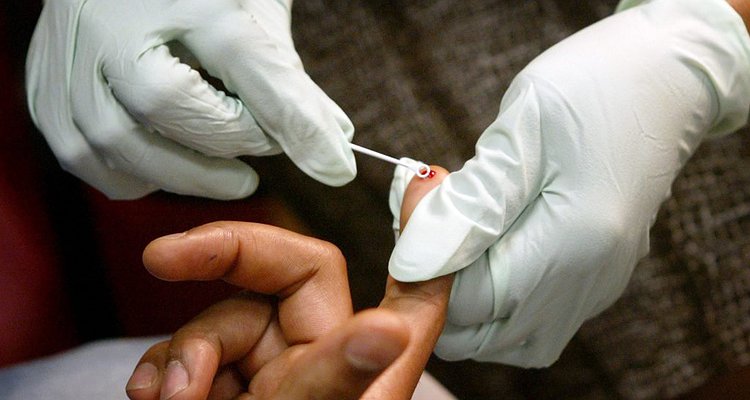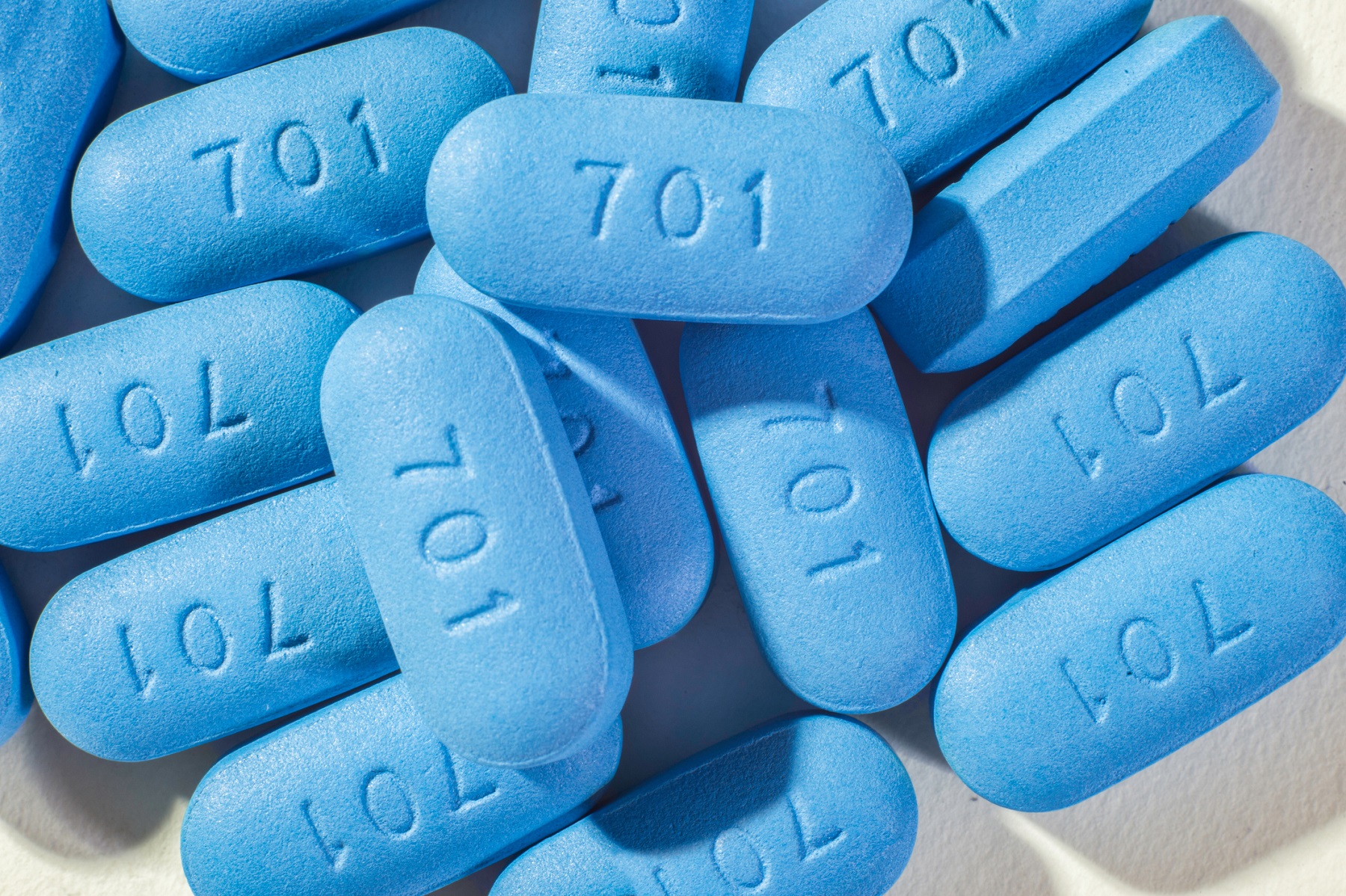New HIV diagnoses in UK gay and bisexual men reach 20-year low
"We have made great progress towards eliminating HIV transmission by 2030".

A new Public Health England (PHE) report indicates that new HIV diagnoses in gay and bisexual men are at their lowest in two decades.
The report also shows that new HIV diagnoses in gay and bisexual men outnumber new diagnoses in heterosexual adults by only 100 cases for the first time.
The news follows the roll-out of free PrEP on the NHS; the drug is also available on the high street at Superdrug.

Published by the government agency this week, the report shows there were 1,700 new HIV diagnoses in gay and bisexual men in 2019. This is the lowest figure since 1,500 were diagnosed in 2000.
Overall, the number of new HIV diagnoses fell 10% (from 4,580 in 2018 to 4,139 in 2019). This also marks a 34% decline from a peak of 6,312 new diagnoses in 2014.
There were 1,600 heterosexual adults diagnosed with HIV in 2019.

According to PHE, the proportion of people diagnosed late remained high at 42%, the overall number decreased from around 1,900 in 2015 to 1,300 in 2019.
People diagnosed late in 2019 had an eight-fold risk of death compared to those diagnosed promptly.
Fraser Wilson, Head of Media at Terrence Higgins Trust, the UK’s leading HIV and sexual health charity, told Attitude: “It’s great to see a substantial drop in new diagnoses among gay and bisexual men with rates now the lowest for two decades. This shows what can be achieved through HIV prevention pill PrEP, availability of condoms and HIV testing, and fast initiation of treatment for those diagnosed meaning the virus is more quickly suppressed and can’t be passed on.

“But it’s also frustrating because this 18% drop is happening in spite of significant barriers to PrEP access that continue in England today – even though the £11.2m funding was given to local councils last month for PrEP’s delivery. Just imagine where we could be if everyone who could benefit from PrEP could access it, no matter where they are in the country.
“It’s also worth noting that the data shows the biggest drop was most concentrated in gay and bisexual men of white ethnicity with a 22% fall in 2019. This underlines the importance of seeing progress for everyone impacted by HIV.
“We’re strongly targeting an end to new HIV cases by 2030 and the Government has committed to this. But we won’t get there with ‘business as usual’ and need to do more. Because while there’s significant progress in bringing down rates of HIV among gay and bisexual men – with now almost parity with new diagnoses among heterosexuals – any new case is one too many when we really do have all the tools we need to stop HIV.”
“Great progess”
Dr Valerie Delpech, Head of HIV Surveillance at PHE, commented: “In the UK, we have made great progress towards eliminating HIV transmission by 2030. Frequent HIV testing, the offer of PrEP among those most at risk of HIV, together with prompt treatment among those diagnosed, remain key to ending HIV transmission by 2030.
“Further progress can only be achieved if we also address the inequalities in reducing HIV transmission that exist around sexuality, ethnicity and geography.”
According to PHE, “the most common way of getting HIV in the UK is through sex with a person who is unaware of their HIV infection.
“You can protect yourself from HIV by consistent and correct condom use with new and casual partners, by using PrEP, or if your partner is on treatment and is undetectable if they are living with HIV. Correct and consistent condom use will also stop you getting or transmitting other sexually transmitted diseases (STIs).”
The Attitude November issue is out now to download and to order globally.
Subscribe in print and get your first three issues for just £3, or digitally for just £1.54 per issue.

